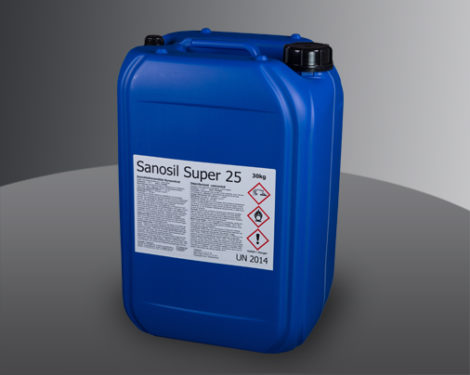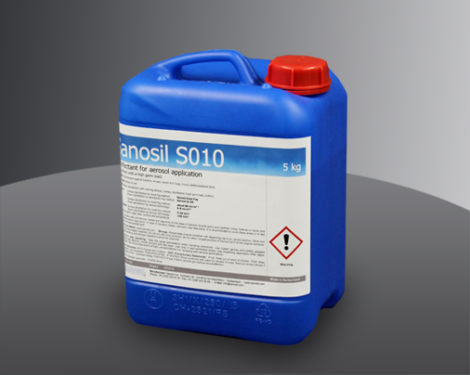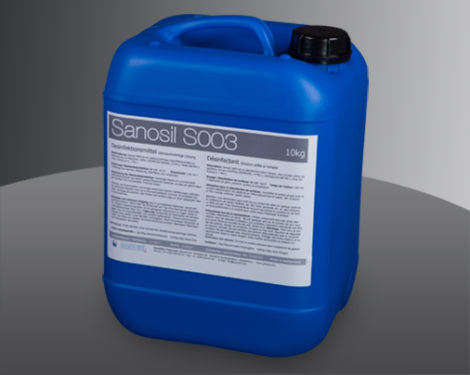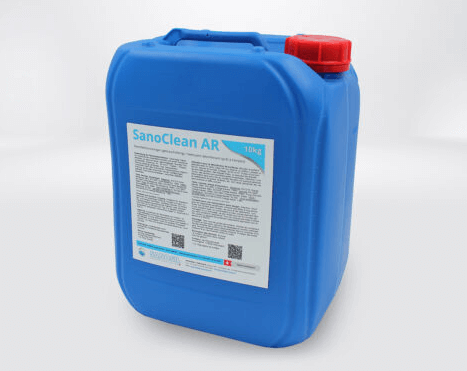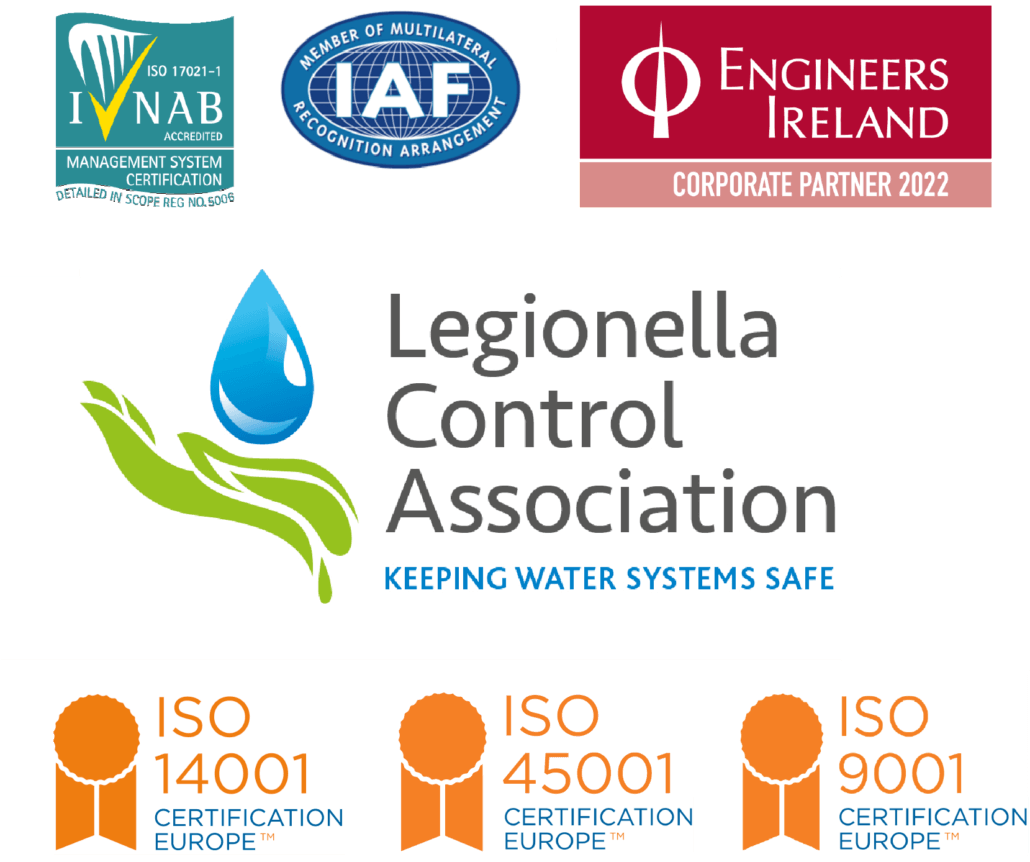Food & Beverage
The HACCP concept and hygiene regulations for disinfectants used in food industry
Disinfectants used in food industry play a major role in health and hygiene. Industrial food production is governed by relatively strict legal regulations to protect consumers against poor hygiene and food poisoning, but also shield manufacturers from damage claims and operational shutdowns. Hygiene regulations are just one of a whole catalogue of aspects that manufacturers must comply with in the food and catering industry.
Sanosil products which work effectively on cooling systems are listed below.
SANOSIL SUPER 25
Highly concentrated disinfectant – professional users only
SANOSIL S010
A sporicidal special disinfectant for heavily contaminated surfaces
SANOSIL S003
DGHM/VAH certified surface disinfection for professional / private use


